Explore the Best AI Image Gallery
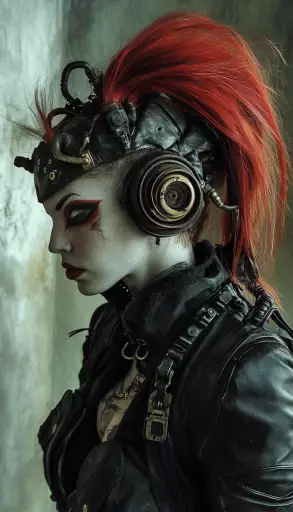
Pixels on Skin: How AI-Generated Images Are Transforming Design
The realm of design is undergoing a seismic shift, propelled by the emergence of artificial intelligence (AI) and its ability to generate stunning visuals. No longer confined to the realm of science fiction, AI-generated images are making their mark on various facets of the creative industry, from logo design and website graphics to fashion illustrations and even architectural blueprints. This new frontier promises unprecedented possibilities for designers, but it also raises important ethical considerations that demand careful attention.
A Canvas Unleashed: Potential Uses in Design
AI image generators, fueled by vast datasets of existing images and code, can produce a remarkable array of visuals, from realistic photographs to abstract art. This opens up a plethora of exciting applications in the design world:
- Logo Design: AI can help designers brainstorm unique and memorable logos by generating variations based on specific keywords or brand guidelines.
- Website Graphics: AI can create eye-catching visuals for websites, including banners, headers, and icons, saving designers time and effort.
- Social Media Content: AI-generated images can be used to create engaging social media posts, infographics, and other content that captures attention.
- Fashion Illustration: Designers can utilize AI to generate illustrations of clothing designs, helping them visualize their creations and explore new concepts.
- Architectural Visualization: Architects can leverage AI to create realistic renderings of building designs, allowing clients to better understand the final product.
Navigating the Ethical Landscape
While the potential benefits of AI-generated images are undeniable, its crucial to address the ethical considerations associated with this technology:
- Copyright and Ownership: Questions arise regarding the ownership of AI-generated images, as the creative process is partially automated. Legal frameworks need to be established to clarify these issues.
- Bias and Representation: AI models are trained on existing data, which can reflect societal biases. Its essential to ensure that AI-generated images are inclusive and representative of diverse communities.
- Transparency and Accountability: The decision-making process of AI models should be transparent, allowing designers and users to understand how images are generated and identify potential biases.
The Future of Design: A Collaborative Evolution
AI-generated images are not meant to replace human designers but rather to empower them with new tools and possibilities. The future of design lies in a collaborative evolution, where AI augments human creativity and enables designers to explore uncharted territories:
- Personalized Design: AI can generate customized designs based on individual preferences and needs, creating unique experiences for users.
- Real-Time Design Iteration: Designers can use AI to quickly iterate on their designs, experimenting with different variations and refining concepts in real time.
- Interactive Design Experiences: AI can enable the creation of interactive design elements that respond to user input, blurring the lines between static images and dynamic experiences.
As AI technology continues to advance, its impact on the design industry will undoubtedly deepen. By embracing this transformative power responsibly, designers can unlock new frontiers of creativity and shape a future where technology and human ingenuity converge to create innovative and meaningful experiences.


](https://images.ai-img.art/thumbnails/150/f9584153b4cddd8c9fab611dc10247549b275c59bc173251e37d0935874f9deb.webp)






](https://images.ai-img.art/thumbnails/150/4289d1230b86a96c4d556636c3167bed0ef38f850826549517e4e45db4d87bf7.webp)


](https://images.ai-img.art/thumbnails/150/bddf3ae4a232290858389b933c866ad3be429ef2e25c23a9f4d7713ed6e44d0b.webp)

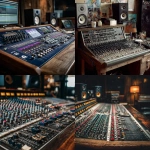
](https://images.ai-img.art/thumbnails/150/008b5d5d49667cc2e93a5f8a8adfaa545963da99c39ff0901f5296294636400d.webp)

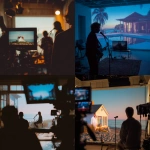

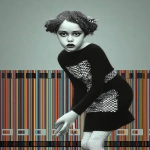



](https://images.ai-img.art/thumbnails/150/c2c9c48b38fae37f0a457b80b084ed01ba803810fc8f488c8f610c03abc74049.webp)




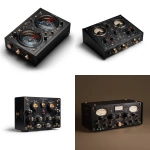

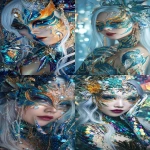







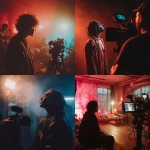


](https://images.ai-img.art/thumbnails/150/f67d9af3398150f2ab1bcf250717fea134275e2ca896252b54a4d9bb3719f9ac.webp)